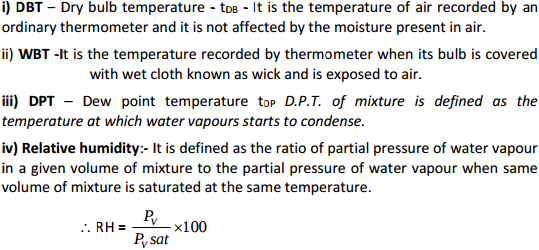Draw basic ‘cam-follower’ diagram showing its terminology (Mini four terminology).
Basic Cam Follower Profile:
- Log in to post comments
Basic Cam Follower Profile:
Modern vehicles always equipped with disc brakes on at least the front two wheels. It
consists of mainly 3 parts,
[1] Rotor
[2] Caliper
[3] Brake pads
In between each piston and disc, friction pad held in position by springs. Higher
applied forces can be used in disc brakes than in drum brakes, because the design of
the rotor is stronger than the design of the drum. Due to this, large resistance is
carried by flat disc. In this, Flat plate disc with flat friction pad are used against heavy
SR
APPLICATION
SUITABLE Mechanisim
i)
Lifting water from well
Pendulum pump (Bull Engine)
ii)
Connecting misaligned shaft
Oldham’s coupling
iii)
Converting rotary motion into
reciprocating motion
Beam Engine (Crank & Lever Msm)
iv)
Maintain constant relative motion
between two rotary elements
Coupling rod of locomotive
Figure: Coupler Rod of Locomotive
(Link AD = Link BC = Crank Link CD = Coupling Rod Link AB = Fixed Link = Frame)
Working of Coupler Rod of Locomotive:
It is an example of Double Crank Mechanism in which, Links AD and BC (having equal
length) act as cranks and are connected to the respective wheels. Link CD acts as a
coupling rod and link AB is fixed in order to maintain a Constant center to center
distance between them. This mechanism is meant for transmitting rotary motion
from one wheel to the other wheel.
Difference between Belt and Gear Drive: (Any 04 Points, 01 Mark for each)
Basis
Belt Drive
Gear Drive
Power
transmitting Less
High
capacity
Slip & Creep
Material used
Type of drive
Centre distance between
the shafts
Overload taking capacity
Velocity Ratio
Use
Occurs
Flexible in nature
Slip drive
Medium or large
No
Rigid material used
Positive drive
Very less
Slips when overloaded
Damages
when
overloaded
Displacement Diagram for Simple Harmonic Motion (SHM):
Displacement Diagram for Uniform Acceleration and Deceleration:
Slip: The forward motion of the driver without carrying the belt with it or forward
motion of the belt without carrying the driven pulley with it, is called slip of the belt.
Slip reduces velocity ratio and also power transmission capacity of the belt drive. Less
slip in the belt drive is desirable.
OR
When belt is transmitted power from driver to driven pulley, there is a loss of motion
due to insufficient frictional grip and therefore the speed of driven pulley is less than
Constructional Features of Scotch Yoke Mechanism:
[1] In this mechanism, two sliding pairs and two turning pairs are used. So it is an
inversion of Double Slider Crank Chain Mechanism.
[2] It consists of following types of links with relative motion as mentioned below;
Link 1 (B) – Fixed Link – Guide the Frame
Link 2 – Crank – Turning Motion – Rotates about Point B in Link 1
Link 3 - Slider -Sliding Motion
Link 4 – Fixed Link – Frame – Reciprocating Motion
[3] The inversion is obtained by fixing either the Link 1 or Link
Air conditioning systems are classified as
1) Classification as to major function- i) Comfort air-conditioning - air conditioning in hotels, homes, offices etc. ii) Commercial air-conditioning- air conditioning for malls, super market etc iii) Industrial air-conditioning – air conditioning for processing, laboratories etc
